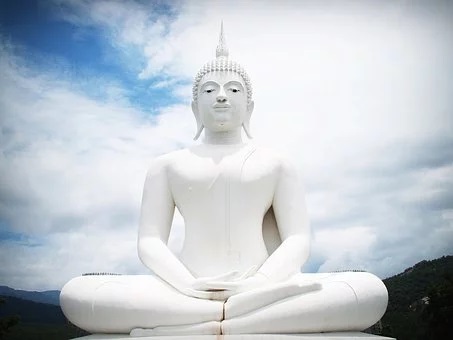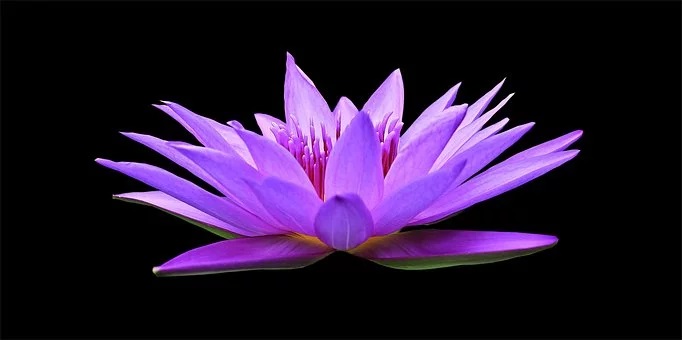As laypersons, you all have varied duties and at times tedious things to deal with everyday. But there are twenty four hours in a day. To spend one hour each morning and evening to contemplate the questions about samsara and leave the remaining twenty two hours for other activities should be a feasible arrangement, I would think. Even more importantly, besides having the right view, practitioners need to be able to practice. Already one needs extremely good fortune to hear the Dharma and develop faith in the Buddha, particularly so in this modern age. But absent the actual practice, no amount of Buddhist knowledge can help solve any problem of life. And even if it does help finally, it will be after a long, long time. Therefore, either for others’ or our own sake, we should start our practice sooner rather than some time later.
~Depicted from THE RIGHT VIEW - The Four Noble Truths—the Path Out of Samsara











